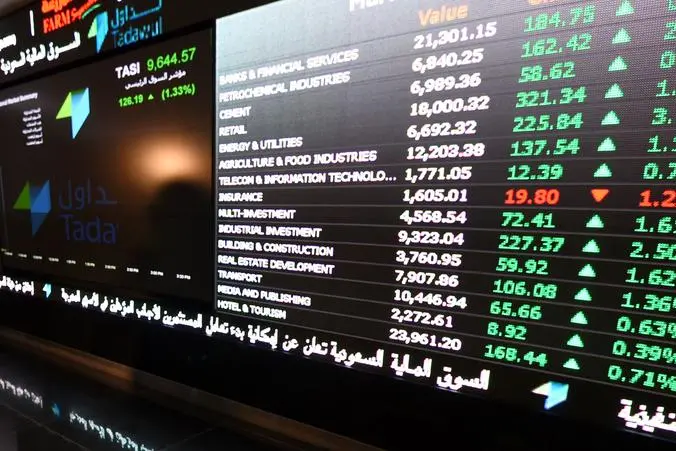PHOTO
Image used for illustrative purpose. Getty Images
Gold’s timeless appeal has long upheld its status as a safe haven. For centuries, people have been captivated by its lustrous shine and its historical significance as a store of value. However, while gold may have its merits as a long-term investment vehicle, it can be argued that it shines just as well, if not better, as a short-term trading asset. A careful examination shows that gold is not always the ideal choice for long-term investment goals, as is commonly believed.
The store of value of gold can be a double-edged sword
While value preservation is a good thing on the surface, it does not happen in a vacuum. If an asset class retains its value in a particular currency, what happens when inflation reduces the value of that currency? It has not really retained its value because the currency’s value has gone down. Although this point is commonly made, the timescale over which this happens is often taken for granted. Consider the following: In December 1979, the price of gold per ounce was approximately $500. In December 2005, the price of gold was still $500. If you had invested in gold back then, it would have taken nearly three decades to see any appreciable return on your investment. This is not taking into account the fact that $500 in 1979 was worth a lot more than $500 in 2005.
And what happened between 1979 and 2005? The price of gold fluctuated in a range from $250 to $500. For an asset known for its stability, that’s a significant range of fluctuation. Five years later, in December 2010, the price had reached $1,400 – nearly tripling in one-fifth of the period. As evidenced, gold’s prices can swing dramatically in response to short-term factors such as economic conditions, geopolitical events, and market sentiment. In recent years, gold prices have been subject to wild swings, making it a difficult asset to predict and rely on for long-term gains.
The downside risks of holding onto gold as long terms investment
In addition to quantitative evidence, there are also qualitative factors to consider. One of the main shortcomings of gold as a long-term investment is that it lacks intrinsic value. Unlike stocks, bonds, or real estate, gold does not yield dividends, interest, or cash flows. It simply sits in a vault collecting dust. Moreover, holding onto gold as a long-term investment comes with an opportunity cost. The money tied up in gold could be invested in other assets that have the potential to generate income or grow over time. The S&P 500 has had an average annualized return of 9.82% since its inception in 1928, while corporate bonds have had an average annual rate of return of 5% since 1920. Since the end of the gold standard in 1974, gold has not fared much better with a 7% annualized rate of return.
Inflation, storage costs, and other expenses can also erode the value of gold as a long-term investment. While gold has historically been a hedge against inflation in the short term – but not in the long term as we have already seen from historical price data – it does not provide reliable and consistent protection against rising prices. Storage costs, insurance fees, and other expenses associated with owning physical gold can eat into its returns and make it less attractive as a long-term investment option.
Given the unfavorable conditions of a long-term gold investment, short term trading in gold comes with a reduced set of risks. Investing in physical gold for short-term trading purposes, without resorting to leverage, can provide a secure and lucrative method of diversifying your investment portfolio. Being a tangible asset, physical gold can act as a safeguard against market volatility and inflation in the short term, while not being subject to the hazards linked to borrowing or leverage.
It’s all about timing and choices
Gold may indeed have its merits as a short-term trading asset, but capitalizing on its volatility is dependent on the level of risk you are comfortable with. Timing the market is no easy feat, but the alternative is a less than ideal choice of a long-term investment that may or may not generate the expected return depending on the decade. Gold’s volatile nature, lack of intrinsic value, opportunity cost, and associated risks make it less attractive as a long-term investment vehicle. Investors should carefully evaluate the limitations and risks of long-term gold investment and consider short-term trading options that align with their financial goals and risk tolerance. Seeking professional financial advice and conducting thorough research is crucial when making investment decisions to avoid falling for the golden illusion.
The conclusion remains: If you want to make a worthwhile return on your investment, timing your entry into the gold market remains the most effective way. As illustrated in an earlier example, the difference between 26 wasted years of investing and five years in which you could have tripled your investment is a matter of timing.






















